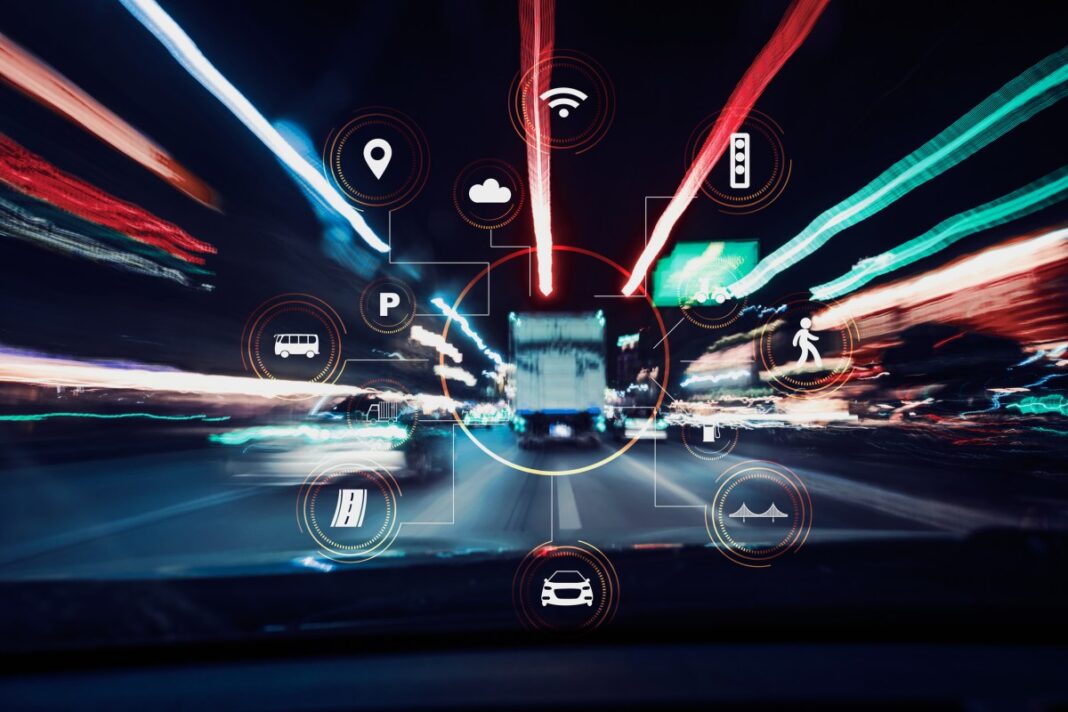The in-car tech used by the likes of Ford and GM to make sure drivers pay attention to the road has come a long way. But it’s just not ready to help prevent or mitigate the damage done by drunk driving, according to the National Highway Traffic Safety Administration.
That assessment is threaded throughout a new 99-page “advanced notice of proposed rulemaking” the agency released Tuesday, a sort of pit stop along the way to issuing regulations that would mandate in-car technology that could recognize when a driver has been drinking alcohol.
NHTSA is now asking for help determining what technologies should be built into cars to help mitigate or prevent it outright — in part because the agency says there are no commercially available options. After the notice is published to the Federal Register, the public will have 60 days to submit comments.
NHTSA says it evaluated 331 driver monitoring systems and found none that are commercially available that can properly handle identifying alcohol impairment. While it noted that there are three DMS systems that claim to detect alcohol-based impairment, they’re still in the research and development phase. (It did not name those systems.)
Driver monitoring isn’t the only option NHTSA has at its disposal, though. NHTSA set out on this mission after President Biden tasked the agency with finding a solution in his bipartisan infrastructure law in 2021. That law tasked NHTSA with developing a federal motor vehicle safety standard that could determine if a driver was impaired by either passively monitoring them, or by passively (and accurately) detecting whether their blood alcohol concentration is too high, or a combination of both.
Accuracy is key, and according to NHTSA’s findings, blood alcohol detection tech is a more viable near-term answer. Dozens of states already require breathalyzer-based alcohol ignition interlocks for repeat or high-BAC offenders, after all. But this tech is considered “active,” meaning the driver has to proactively engage with the tech — which flies in the face of the law’s passive requirement.
There may be another option.
NHTSA has been working since 2008 with the Automotive Coalition for Traffic Safety (ACTS) on a public-private partnership called Driver Alcohol Detection System for Safety (DADSS). As part of that program, DADSS has developed both breath- and touch-based methods of detecting driver impairment. The breath-based method would also be considered active, and therefore a non-starter, but since the touch sensor is being designed to be embedded in something the driver has to touch to operate the vehicle (like the push-to-start button), NHTSA says it “tentatively determines that such a touch sensor could be considered passive.”
Robert Strassburger, CEO of ACTS, says he thinks the touch sensor may be the best way forward in the near term given the restriction that the tech be passive; he’s eager to see what the public thinks.
“That’ll be one area of interest for me when I read the comments that are ultimately submitted. How do people feel about it? Because it comes down to consumer acceptance,” he says. “I think one of the things we want to make sure that we don’t do is ask drivers to learn a new way of interacting with their car.”
Timing matters. Not only does drunk driving kill thousands and cost the country billions every year, but the final regulation must be standardized by November 2024.
That target could be tough to hit based on just how many questions NHTSA poses in its notice. The agency raises all sorts of knotty issues beyond asking for more input on driver monitoring, or the definition of “passive.” For example, if a touch-sensor is installed in the start-stop button, how do you make sure the driver is the one who pushes? If the system determines a driver is too drunk to start the car, should it prevent the car from starting? What if the driver is trying to escape a wildfire?
“This is a very, very complicated rulemaking,” Strassburger says. “There’s a lot of detail and the agency needs to get it right.”
Source link









